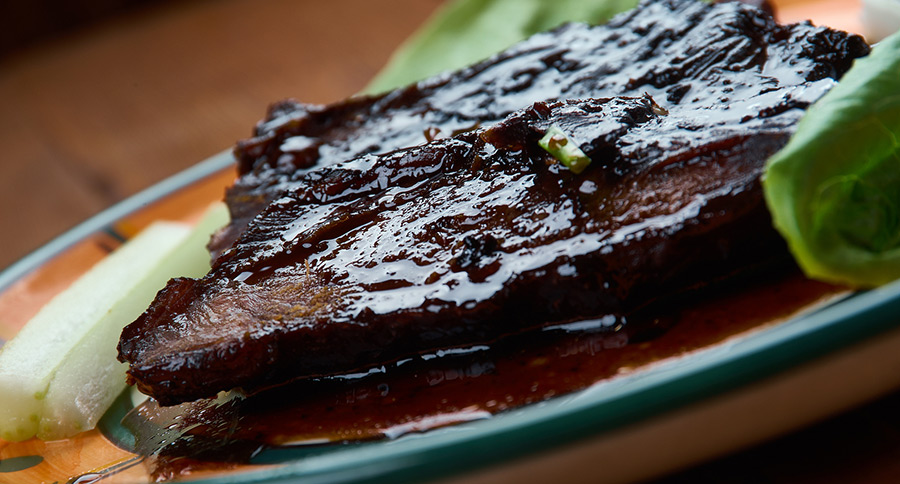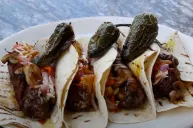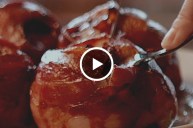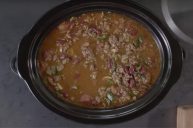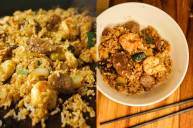Wild game meat is a perk of the hobby, but hunters should know about these other, less common parts of a deer that can be extracted, prepared, and eaten.
A full freezer is a big reason hunters do what they do, and eating wild game throughout the year is a great way of respecting how you got it, and where you got it from. Deer are delicious, and that's by no means a secret.
At the same time, there are some lesser-known parts of a deer that deserve more attention, mainly because the majority of us toss them out without ever thinking twice.
In reality, there are plenty of ways to extend your nose-to-tail efforts and get even more out of your yearly harvests.
Before you get too adventurous, it's worth taking a minute to consider where we sit in terms of safety.
Thanks to the outset of Chronic Wasting Disease in American deer, there's a whole new perspective on what's safe and what's not. Though no studies have ever shown that CWD can be passed to humans, it's still wise to be cautious.
The main parts to avoid eating are the eyes, brain, spinal cord, spleen, tonsils, and lymph nodes. Shanks and bones should also skipped over if your deer has a chance at being CWD-positive.
Of course, if a deer appears to be sick, don't eat it, and if you're getting a deer tested for CWD, wait for the results before preparing anything.
But concerns like those aside, there isn't a whole lot else that needs to be avoided when you're considering what's edible and what's not on a deer. Digestive systems are out of the question, but organs like the heart, liver, and even the kidneys can be prepared in ways that might just be a new favorite.
Branch out and see if any of these strike your fancy. You might be surprised.
Tongue
Beef tongue isn't brand new to most of us, so it shouldn't be that strange to consider eating a deer's tongue. Forget the appearance of the muscle after it's extracted, and think about the fact that it's an extremely lean muscle, protein rich, and has no bones. There's actually a pretty impressive amount of flavor in an ungulate's tongue, and the texture isn't as bad as some may believe it to be.
The idea is to braise the tongue, add some color, and season it up with just the right mix to make the best flavor come out.
Bone Marrow
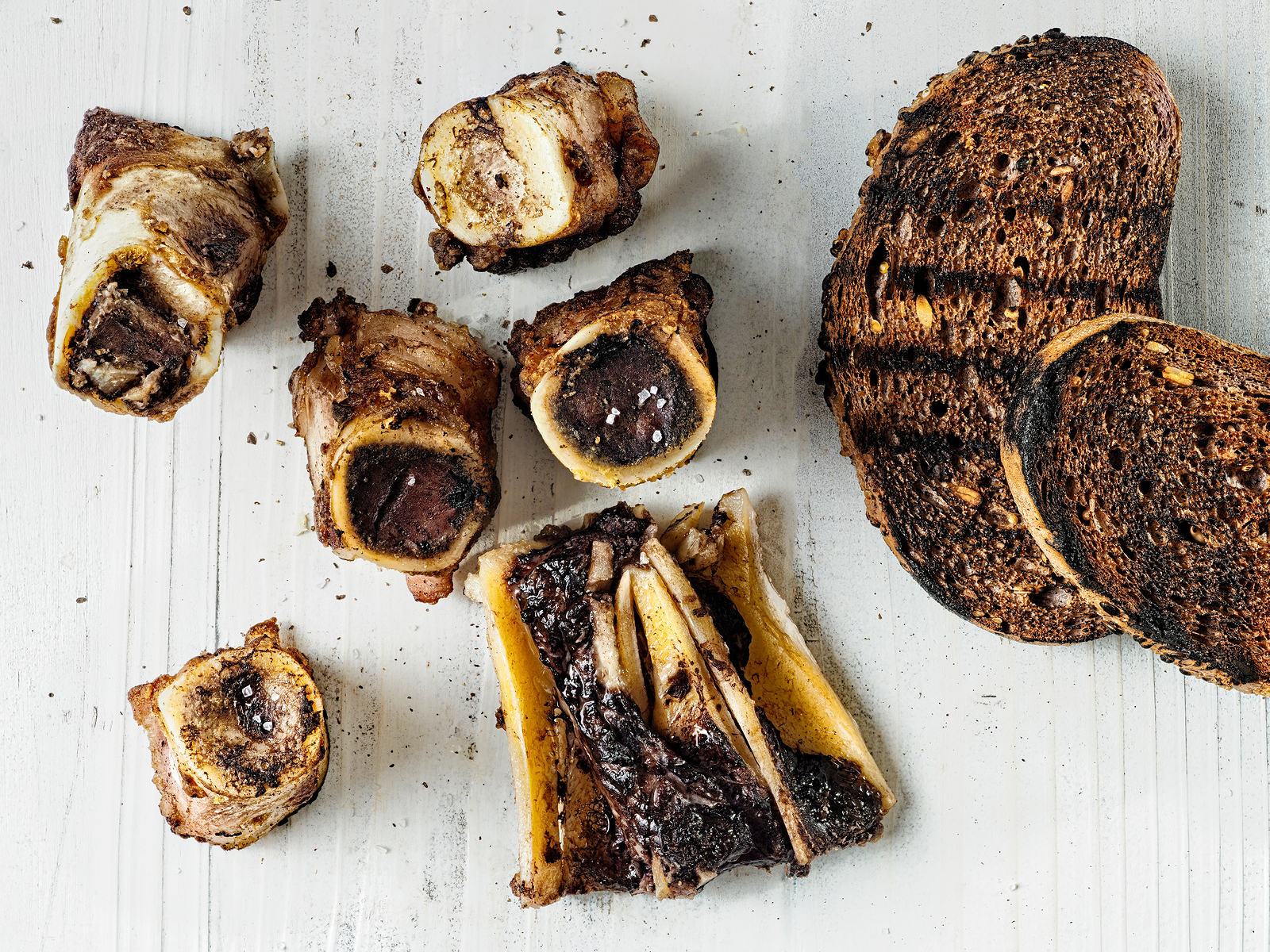
Maybe you've been turned on to the amazing world of wild game shanks, and therefore eating bone marrow from a deer isn't foreign. If you haven't done either, you need to get with the program.
Yes, bones can be a bit of a pain to deal with, but adding a bone saw to your field dressing knife set can introduce a whole new world of culinary awesomeness.
Kidneys
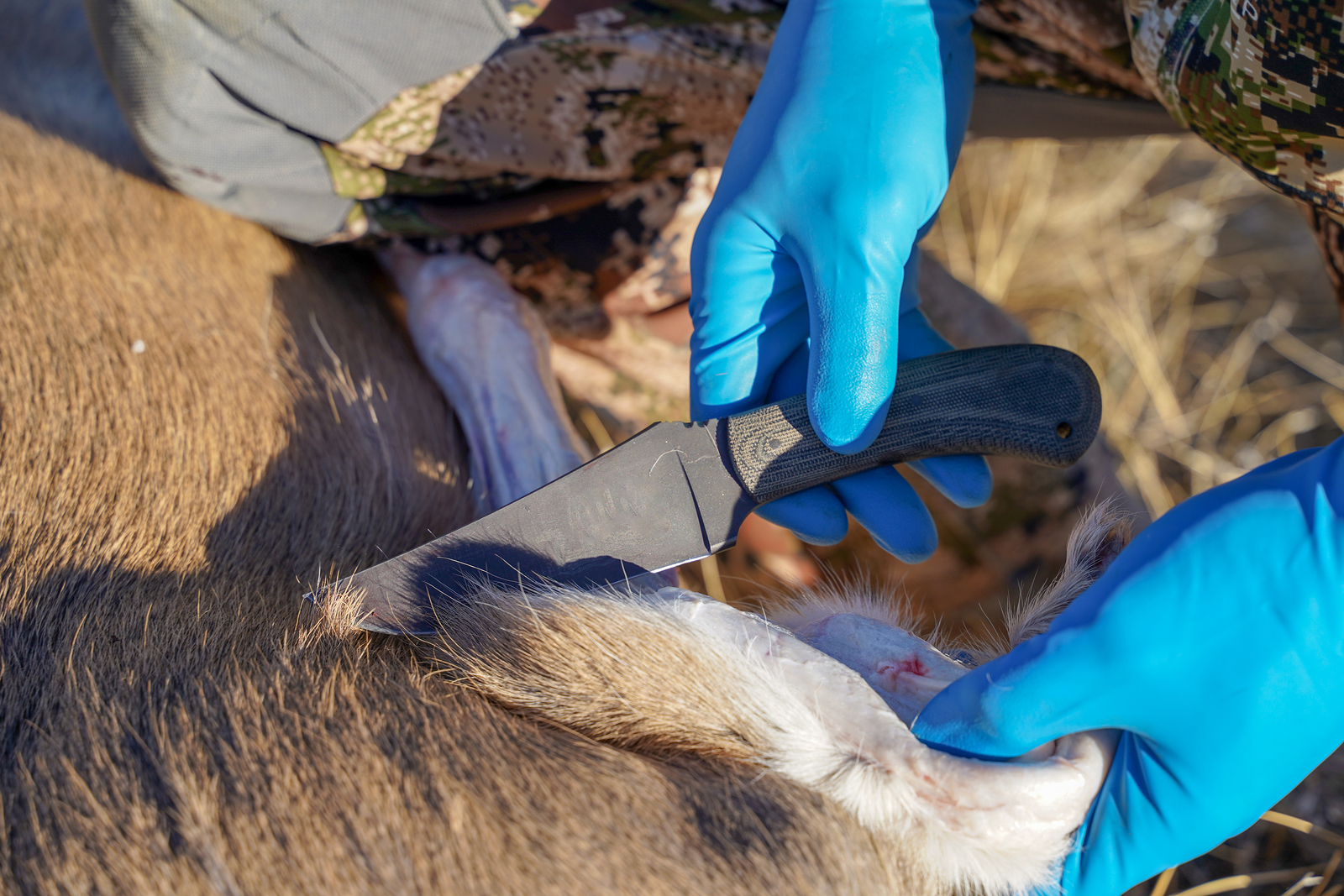
Liver may be as far as some can go, but deer kidneys (despite their job as a filter) can be prepared on the grill, sautéed in some hot oil, or roasted in an oven. It's probably wise to stay away from eating kidneys from older deer, and be sure to remove the fatty layer of suet as well as the small tube and membrane that's attached to its center.
Whole Head
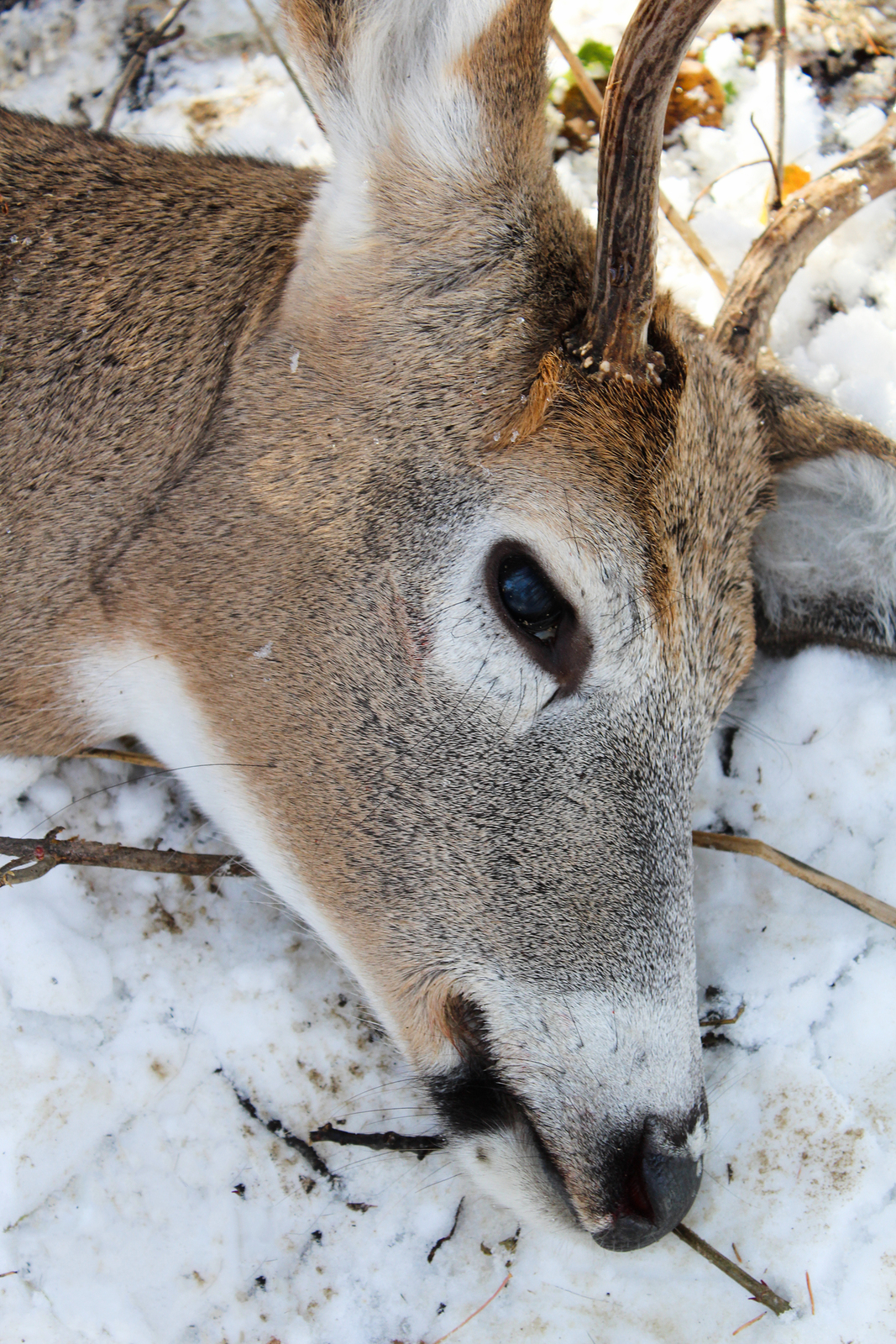
It isn't too off-the-wall, seeing as Mexican barbacoa is something most of us are familiar with and made from the head of a goat or sheep. Venison heads have a good amount of muscle, texture, and flavor variety to keep you curious.
We'll defer to the expert, or at least someone who's done it enough times to develop a recipe. Steven Rinella created this Big Sky Venison Head Recipe, where a skinned-out deer's head is cooked underground beneath hot coals. We're willing to give it a try if you are!
Testicles
When in doubt, look to The Meateater, where Rinella puts his culinary skills to work in this "butter nuts" preparation. Looks good, right?
Tricking someone into eating this isn't necessarily advised, but heck, it might work!
Raw Venison
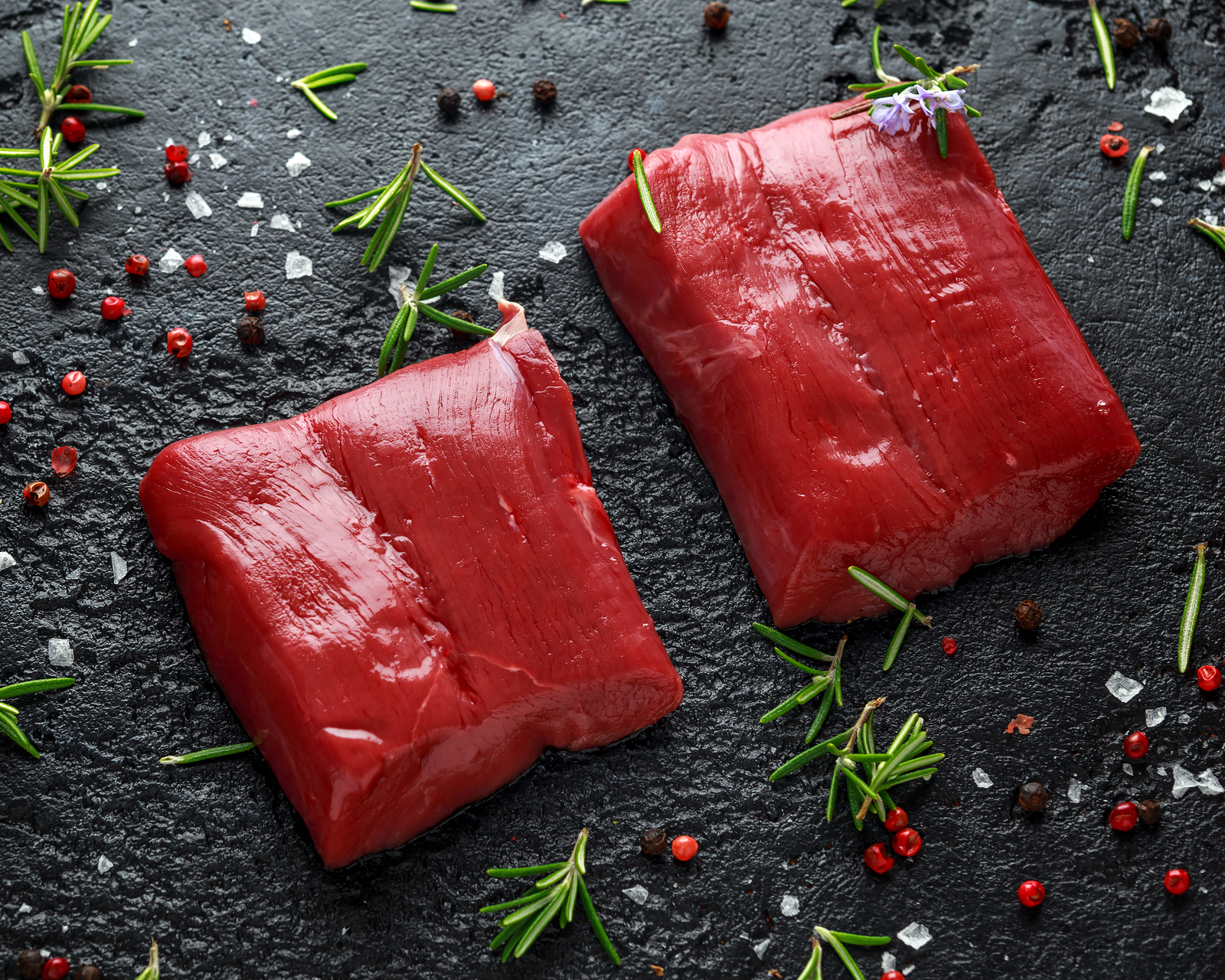
Don't let raw meat completely scare you. In most instances, it's perfectly fine, and a really good way to get as close as you possibly can to the meat you harvest, in a real hands-on way.
Light seasoning and accompaniments are key. However, you will want to be cautious about eating venison raw, just as you should any other meat. Hank Shaw goes into the concerns prior to providing a great recipe, and it's worth taking extra precautions before you try it yourself.
Now that you've got a better idea of all the parts of a deer that can, and should, be prepared for eating, will you venture out of your comfort zone? Or, alternatively, have you eaten other parts that we failed to mention?
Either way, eating wild game is always a treat, and we're all for encouragement to take it as far as you can.
NEXT: WILD GAME RECIPE: FRESH CRANBERRY AND APPLE CROCK POT VENISON ROAST
WATCH
